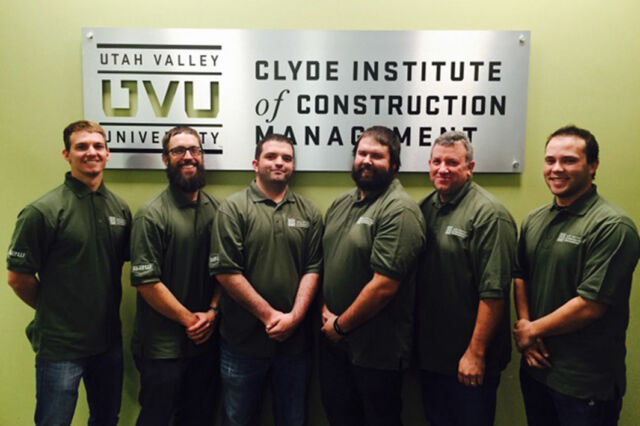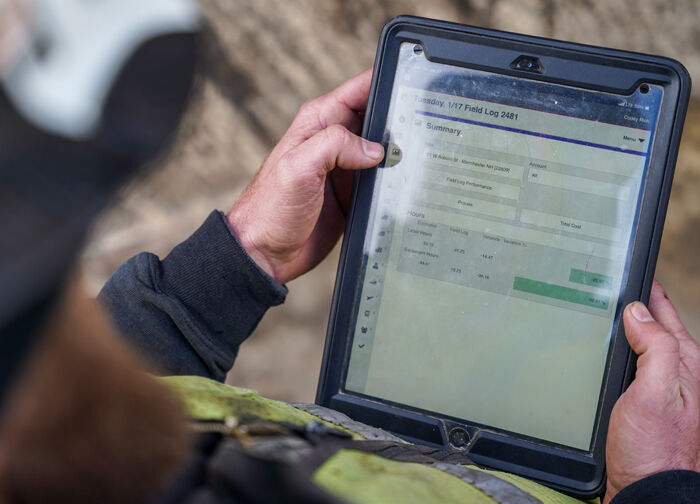Up to half of the civil and environmental engineering graduates at the University of Washington enter construction-related professions. Many bring valuable experience with real-world estimating software with them thanks to the B2W College Program.

Steve Muench has used B2W Estimate for more than 10 years in the Construction Engineering course he teaches for juniors at the school. B2W provides the software and training support free of charge to college engineering and construction programs throughout North America. The goal is to expose students to an actual tool used extensively in heavy construction and to the estimating concepts and workflows behind that tool.
“Hands-on experience with a leading software program that the industry uses is vitally important. The software gives students a realistic understanding of how the estimating process works and how labor, materials and equipment break down and impact the bid; things they would not get by just reading or studying in theory.”
said Muench, who earned BS, MS and PhD degrees in civil engineering at UW, worked as a transportation design engineer and has been a faculty member since 2004.
About 70 students take the Construction Engineering course at UW each quarter. Muench challenges them with a quarter-long project based on the plans and specifications for a $1.5-million park-and-ride facility built in the area about 15 years ago.
“Groups of four to six students create a work package for a portion of the project, such as the sidewalks or paving. We then pool those work packages together so that each team can create an entire project schedule and estimate.”
explains Muench.
The groups must also contact area contractors and engineers to review and validate their work.

Muench has a pre-built database for estimating that includes bid items and labor, equipment and material costs. This database – a foundational component of B2W Estimate and something contractors using the software maintain to bring speed, consistency and accuracy to their estimating process – is updated slightly every year. Students sometimes initiate the updates, looking at the project creatively and questioning whether they could do it more efficiently or cost effectively with different equipment, crew makeups or materials.
“We are grateful to have free access to the software. I also take advantage, along with my teaching assistant, of a few hours of training each year to refresh our knowledge and get up to speed with new features B2W adds continuously.”
said Muench.

The construction sector – including contractors, engineering and inspection firms and project owners – is the largest employer for graduates of the UW Civil and Environmental Engineering program. Experience with B2W Software is an obvious head start for the ones that go into construction engineering and project management roles, where they will eventually work with B2W or a similar system, according to Muench. He says it may be more significant for graduates that pursue fields that do not involve them with estimating directly, as they might not otherwise be exposed to and appreciate the process and the type of software tools that are used.
“One thing students really appreciate in a college course is the opportunity to learn an actual skill; and B2W is a great skill for them to learn. They learn estimating in a realistic manner, and it gives them a valuable bullet point on their resume that really resonates with potential employers.”
said Muench.
 Copyright 2020 All rights reserved.
Copyright 2020 All rights reserved.